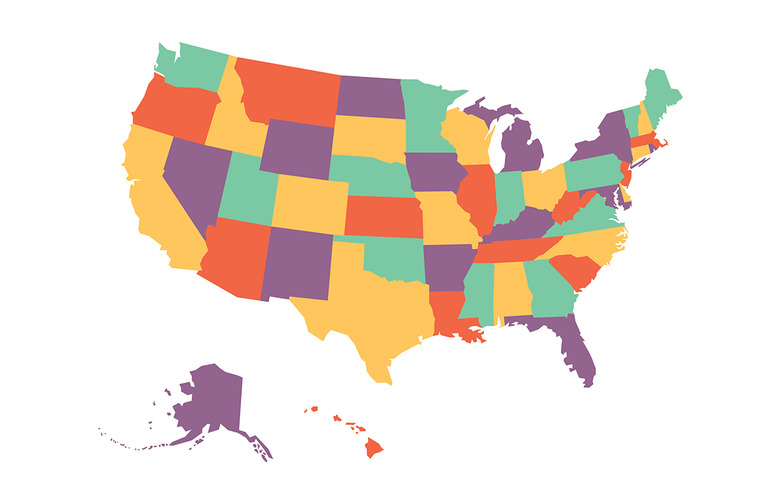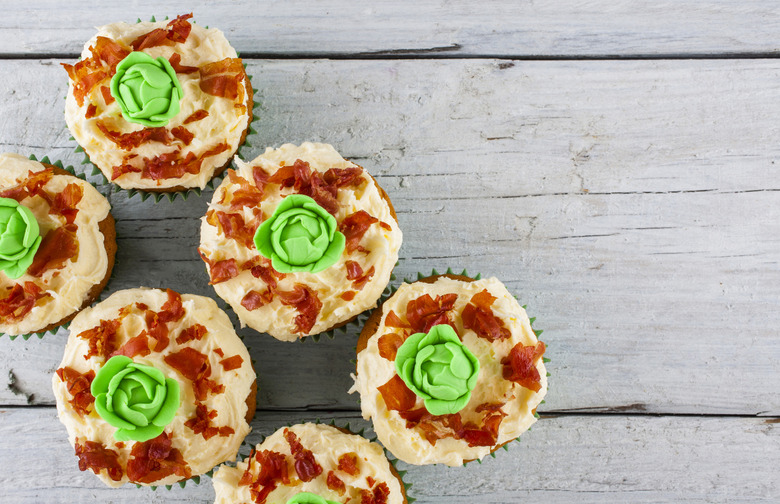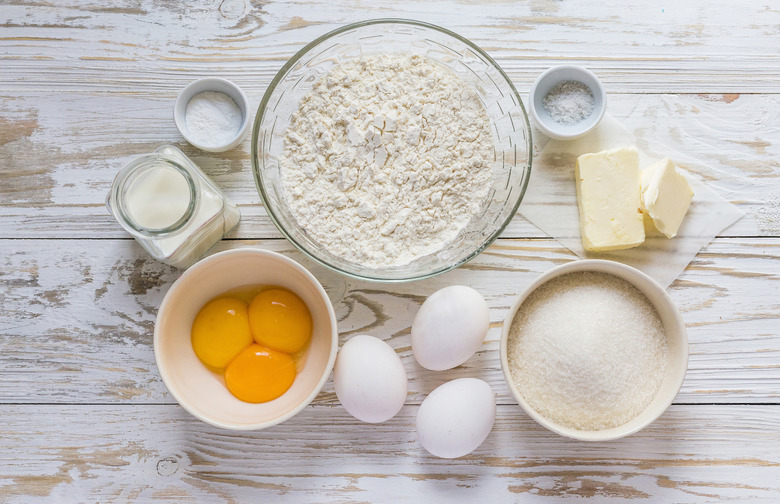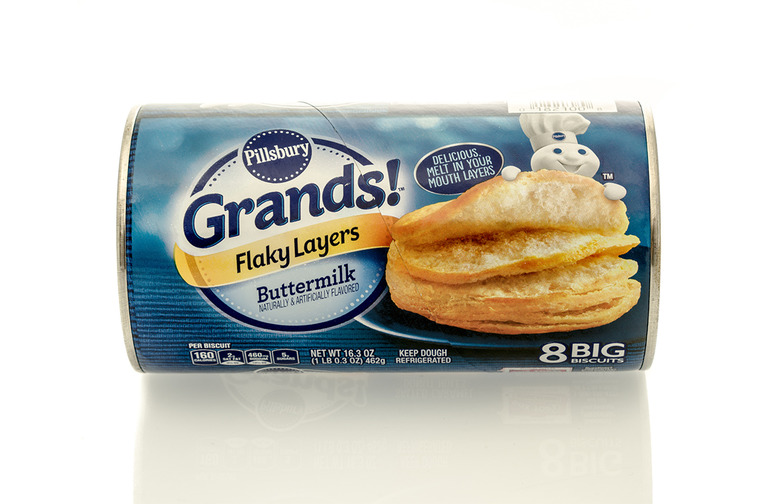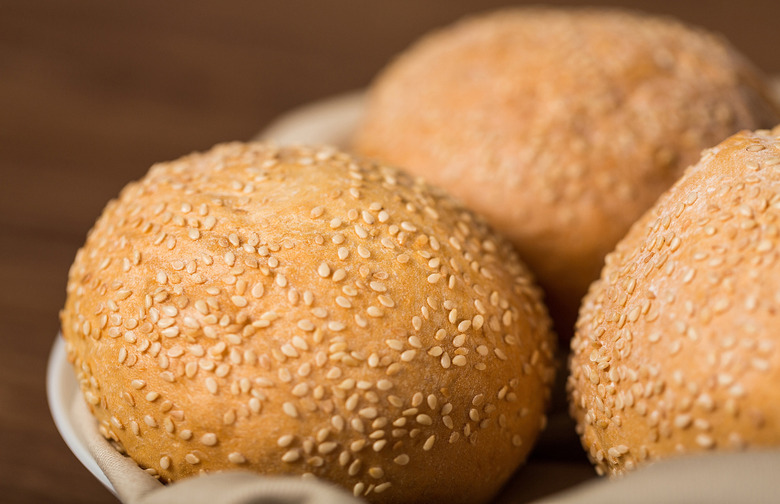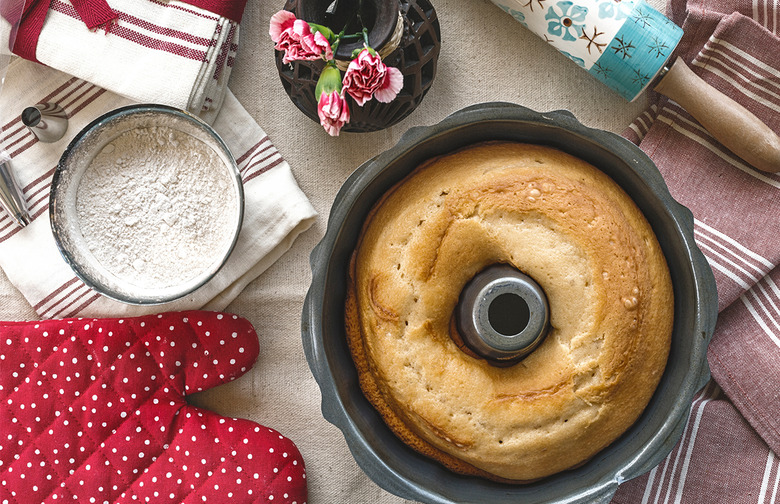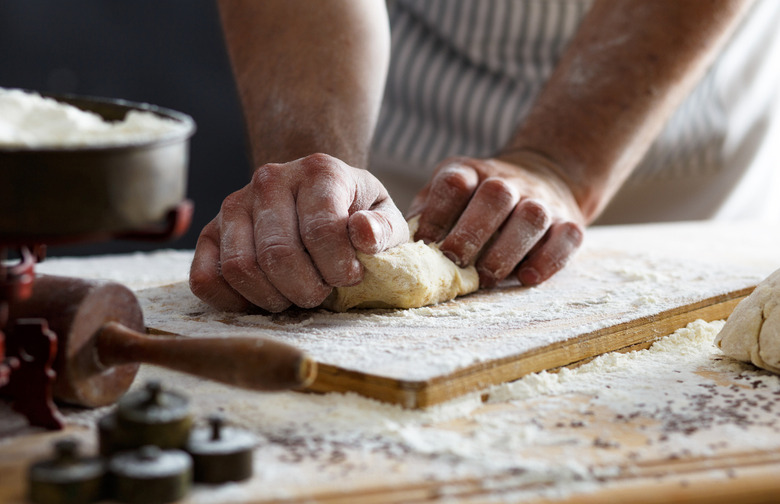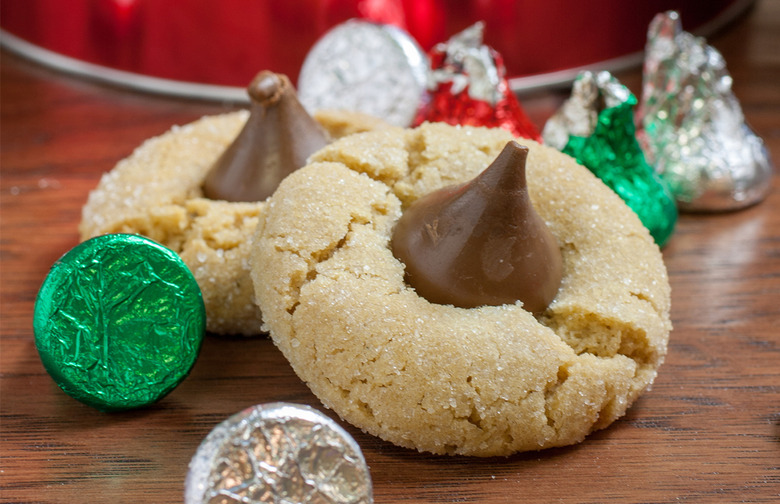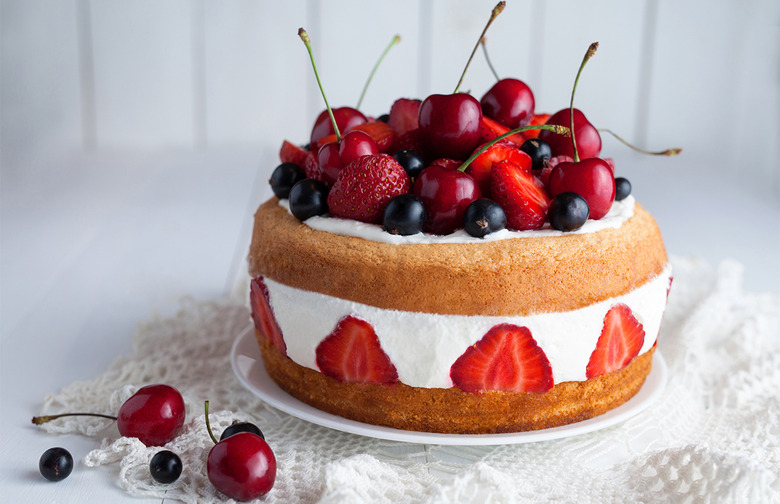10 Things You Didn't Know About The Pillsbury Bake-Off
Most home cooks recognize the Pillsbury Bake-Off as an American tradition — but did you know about its massive impact in the way we bake at home? Common kitchen staples like the Bundt pan and the sesame seed only became widely used and accepted in American homes because of winning Bake-Off dishes! Without the Bake-Off, those delicious sesame seed buns may be a niche product instead of a staple of our most favorite burger recipes.
The Pillsbury Bake-Off's impact is widespread, with winners and finalists hailing from every state. So get excited for the 2018 competition and learn more about this iconic contest with these 10 things you didn't know about the Pillsbury Bake-Off.
Every State Has Won
Only 24 states have won the grand prize at the Pillsbury Bake-Off, but each and every state has had at least one finalist or grand prize winner. Which state has the most Bake-Off grand prize winners? California, with eight first place finishers.
Bacon Is Not a Winner
Bacon may be one of the most popular foods out there, but it's not a big winner at the Pillsbury Bake-Off. No grand prize-winning recipes have used this salted meat.
Butter and Sugar are Winning Ingredients
Convenience Products Are Allowed
It should be no surprise that Pillsbury, the makers of refrigerated biscuits, pizza dough, and crescent rolls, allow these convenience products in their bake-off submissions. They're actually big hits at the bake-off; 14 percent of winning recipes use Pillsbury Crescent Rolls. And you may not know, but there are a lot of things you can make with refrigerated biscuit dough beside biscuits!
It Brought Sesame Seeds to American Kitchens
Sesame seeds may be a staple in today's savory baked breads and dishes, but that wasn't always the case. In 1954, Dorothy Koteen won the Pillsbury Bake-Off with her Open Sesame Pie. Her winning submission caused these seeds to spread across American kitchens and fly off the store shelves.
Pillsbury Holds the American Trademark for the Phrase ‘Bake-Off’
Ever wonder why "The Great British Bake Off" is called "The Great British Baking Show" in the United States? It's because Pillsbury owns the registered trademark for the phrase "bake-off" in America.
It Helped Popularize the Bundt Pan
Before the 1966 Pillsbury Bake-Off, the Bundt was a little-known cake pan. But that all changed with one submission for that year's competition: the Tunnel of Fudge Cake from Ella Rita Helfrich. The recipe became so popular that the Bundt pan's sales soared, and it became the common kitchen item that it is today.
Only One Man Has Won
Women are dominant in the Pillsbury Bake-Off. In its 68 year history, only one man has won the grand prize contest. Who was he? Kurt Wait of Redwood City, California. He won the contest in 1996 with a Macadamia Fudge Torte.
Peanut Blossoms Originated at the Bake-Off
The peanut blossom, a crunchy yet fluffy cookie that's a staple of every Christmas cookie platter, originated at the Pillsbury Bake-Off. But despite being the most popular Bake-Off dish, the peanut blossom did not win. It came in ninth place in the 1957 contest.
Sweets Reign Supreme
Savory submissions are more than welcome at the Bake-Off, but they don't win nearly as often as sweet treats do. Only one in four grand prize-winning dishes have been savory. And now that you know facts about the Pillsbury Bake-Off, get some cooking inspiration with every winning dish in the Bake-Off's history.
More From The Daily Meal:
17 Things to Do With a Tube of Store-Bought Cookie Dough
The Most Iconic Dessert From Every State

